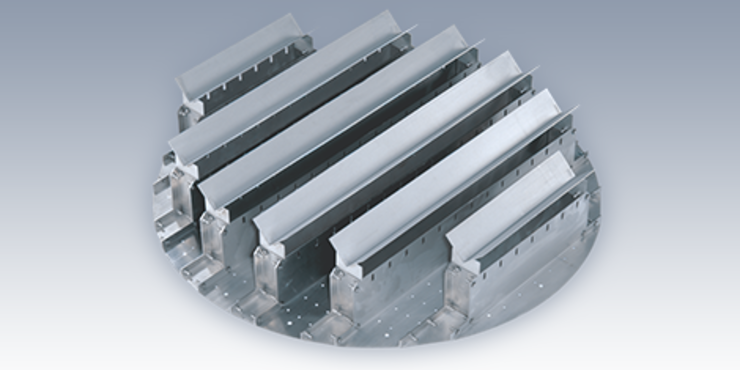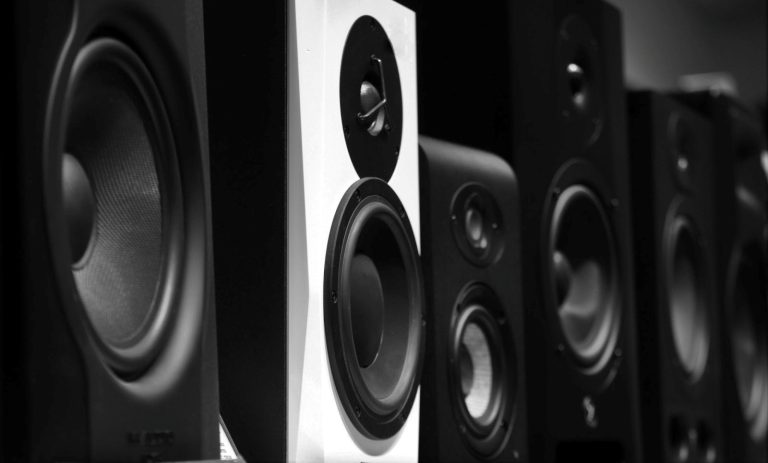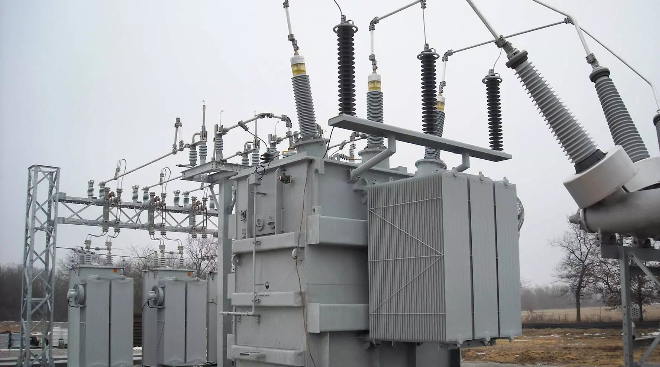The quality of a city’s wastewater treatment system is only as good as its equipment. City managers and local government officials should only use reliable suppliers for wastewater treatment equipment. While many suppliers operate domestically, only a handful are suitable for municipal-scale contracts. Decision-makers should carefully vet top-rated suppliers to determine which ones align most with their needs. 7 Reliable Suppliers for Wastewater Treatment Equipment SSI Aeration Inc., Aquatech, Xylem, Ecolab, Complete Water Solutions, Spiral Water Technologies Inc. and SAMCO Technologies are the most reliable wastewater treatment equipment suppliers in the country. Discover what makes these equipment providers the top in their industry. As a full-service technical partner and manufacturer with global capabilities, SSI Aeration Inc. is among the most reliable wastewater treatment equipment suppliers. Over its 25 years in the industry, it has installed 7,000 systems for 300 million people in 85 countries. Each installation meets or exceeds industry standards for efficiency, performance quality and lifespan. SSI Aeration Inc. offers a moving bed bioreactor, a retrievable grid wastewater treatment system, an integrated fixed film activated sludge system and a containerized wastewater treatment system. Of all its offerings, its fine bubble diffuser is one of its most popular products. The company demonstrated its reliability in a project in Henderson, Kentucky. It installed the SSI Aeration AFC coarse cap diffusers in two 450,000-gallon sludge-holding basins. Henderson operations manager Jerry Basham states, “…we have never had a problem with [the equipment]. We also see adequate mixing and desired performance. The basins are inspected periodically and we have not had to replace any of the modules to date.” In addition to supplying superior products, the company has impressive accreditations and certifications. It is a member of the Water Environment Federation, accredited by the ANSI National Accreditation Board and ISO 9001:2015-certified. Its products are 100% made in the United States and compliant with the Build America Buy America Act. Aquatech has been a leading global water and process technology solution provider for nearly half a century. Its team of 700 experts has helped install 2,000 installations worldwide. Collectively, they treat 1.6 billion gallons of water daily. Aquatech supplies zero liquid discharge, desalination, mineral recovery, contaminant removal and wastewater treatment. Unlike other providers, it also rents mobile stations. This flexible solution can help cities deal with demand surges or unexpected downtime. Its product lineup includes pretreatment, membrane systems, demineralization and biological treatment. Its submerged membrane bioreactor solution leverages ultrafiltration and a proprietary diffuser system to prevent bacterial growth and remove contaminants. One case study achieved a 99.999% bacterial reduction and a nephelometric turbidity unit value well under the regulatory limit. This equipment is precise and efficient, treating 10,000 gallons per day. Over 100 years, Xylem has been awarded 8,300 patents and trademarks, which has helped it achieve approximately $8.6 billion in revenue. To date, it employs 23,000 well-trained professionals across 150 countries. It serves utility, municipal, residential, commercial and industrial markets worldwide. Xylem’s recent acquisition of Evoqua Water Technologies — another leading provider of wastewater treatment solutions — has elevated its expertise and product offerings. Its extensive portfolio includes filtration, biosolids management, disinfection, sludge collection, aeration and control equipment. One case study that highlights Xylem’s reliability is its South Bend project. The city had 1 to 2 billion gallons of annual sewer overflow. The company’s control system used sensors to monitor water level and flow, reducing combined sewer overflow by 80% — even in years with increased rainfall. It saved the city $1.5 million in operations and maintenance costs annually. Ecolab is a global leader in water, hygiene and infection prevention solutions. Its technologies have helped save over 829 billion gallons of water and delivered $4.5 billion in total value. By 2030, it hopes to conserve 300 billion gallons of water and reduce greenhouse gas emissions by 6 million metric tons annually. During a project for NXP Semiconductor, Ecolab’s chemical treatment program reduced annual discharge flow and municipal water consumption by 8.5 million and 7.2 million gallons, respectively. In addition to conserving resources, the system optimized operation, saving the fabrication plant $114,865 per year. Ecolab has held 11,300 active patents since 2000. Its advanced technologies include aerobic biological wastewater treatment equipment, inventory automation, core-shell polymer technology, heavy metal removal and a polymer activation system. Complete Water Solutions designs, sells, installs and services water treatment solutions. While its in-person services are primarily located in the Midwest, it supplies components and services to businesses worldwide. The company offers in-person training to ensure professionals get the most out of their newly installed systems. The Complete Water Solutions team is well-trained and has over 40 years of combined experience. Complete Water Solutions has partnered with major manufacturers to supply top-of-the-line products, including GE, Siemens, DOW, Veolia, TonkaFlo and Osmonics. Its offerings include reverse osmosis, nanofiltration, deionizers and ultraviolet water treatment. Complete Water Solutions helped Seneca Foods Corporation run hard city water, reducing soft water demand by 29% and salt use by 10% that year. It also reduced wastewater by 36.4% and lowered chlorides in wastewater flow by 10,213 parts per million yearly, saving thousands. For over a decade, Spiral Water Technologies Inc. has provided turnkey water and wastewater treatment equipment nationwide. Its global presence allows it to provide enterprise-level product variety without sacrificing local service quality. Since its founding in 2012, it has been awarded three patents covering 14 countries. Its more notable breakthrough technologies include automatic, self-cleaning filtration products, which are ideal for high solid separation and concentration. They can be used as prefilters, primary filters or reclamation systems. Unlike other automatic self-cleaning filters — which can only handle high solids loading below 500 ppm, making them insufficient for large-scale operations — this company’s model can process bulk solids removal up to 15,000 milligrams per liter of total suspended solids, offering ongoing 15 to 1500 micron filtration. Spiral Water Technologies Inc. deployed this technology for a plant in Stockton, California, that was losing 13% of its product during processing. The Model 810 filter reduced product loss to














